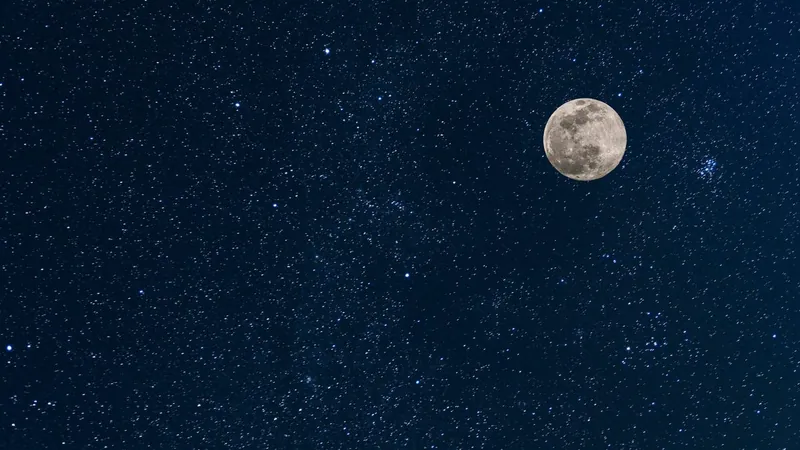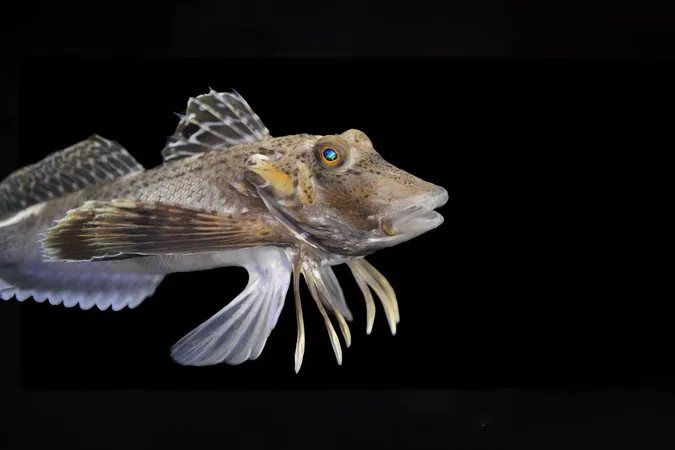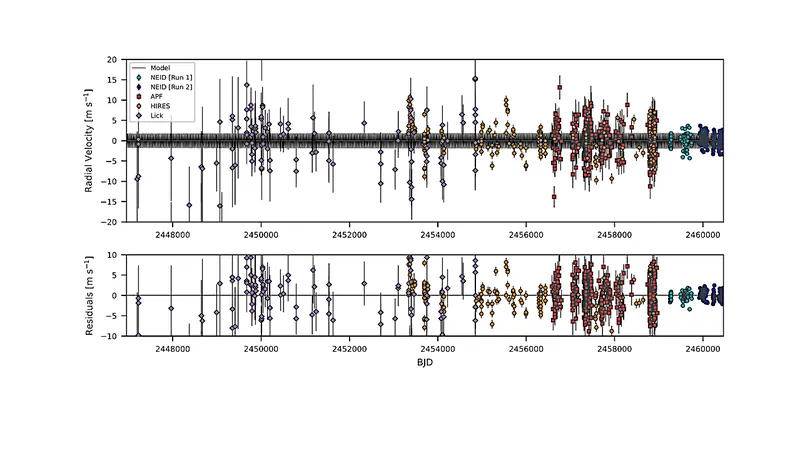
Asteroid 2024 PT5 Set to Become Earth’s Mini Moon for Two Months – Here’s What You Need to Know!
2024-09-16
Asteroid 2024 PT5 Set to Become Earth’s Mini Moon for Two Months
An exciting cosmic event is on the horizon as asteroid 2024 PT5 prepares to swing into Earth's orbit. This celestial body will not pose any danger but is set to become our mini moon from September 29 to November 25, 2024. Dubbed a “mini-moon” by astronomers, this phenomenon occurs when an asteroid gets temporarily caught in Earth's gravitational pull.
Discovered in August 2023 by the Asteroid Terrestrial-impact Last Alert System (ATLAS), 2024 PT5 is considered a genuine asteroid, unlike some past mini-moons that turned out to be space debris. Notably, a mini-moon from 2020 was ultimately identified as an old rocket booster from NASA’s 1966 Surveyor 2 mission.
Astronomer Tony Dunn has created a simulation that illustrates 2024 PT5's trajectory around our planet, showing how it will orbit Earth in a trajectory that only covers about 25% of a complete circumference. It's important to note that 2024 PT5 will not complete a full orbit, which is why it's referred to as a “temporarily captured flyby.” Other mini-moons that do complete a full orbit are classified as “temporarily captured orbiters.”
Unfortunately, stargazers should temper their expectations; 2024 PT5 will be challenging to spot. NASA has determined its absolute magnitude to be 27.593, meaning it will be far too dim to be seen with the naked eye or even with standard telescopes. For context, the faintest stars visible to the naked eye sit at around magnitude 6.5, while even a high-powered 12-inch telescope only reaches around magnitudes of 16 or 17.
While min-moons might seem rare, astronomers observe them almost every year. In fact, Earth welcomed a mini-moon in 2022 from the asteroid 2022 YG, and another one in 2020 thanks to 2020 CD3. Some mini-moons have been bright enough to capture the interest of amateur astronomers, but 2024 PT5 remains a challenge.
With the astronomical community's keen eyes trained on this celestial event, don’t miss out on staying informed about all the latest developments. Who knows what fascinating discoveries scientists might make during this two-month asteroid rendezvous with Earth? Stay tuned!




 Brasil (PT)
Brasil (PT)
 Canada (EN)
Canada (EN)
 Chile (ES)
Chile (ES)
 España (ES)
España (ES)
 France (FR)
France (FR)
 Hong Kong (EN)
Hong Kong (EN)
 Italia (IT)
Italia (IT)
 日本 (JA)
日本 (JA)
 Magyarország (HU)
Magyarország (HU)
 Norge (NO)
Norge (NO)
 Polska (PL)
Polska (PL)
 Schweiz (DE)
Schweiz (DE)
 Singapore (EN)
Singapore (EN)
 Sverige (SV)
Sverige (SV)
 Suomi (FI)
Suomi (FI)
 Türkiye (TR)
Türkiye (TR)